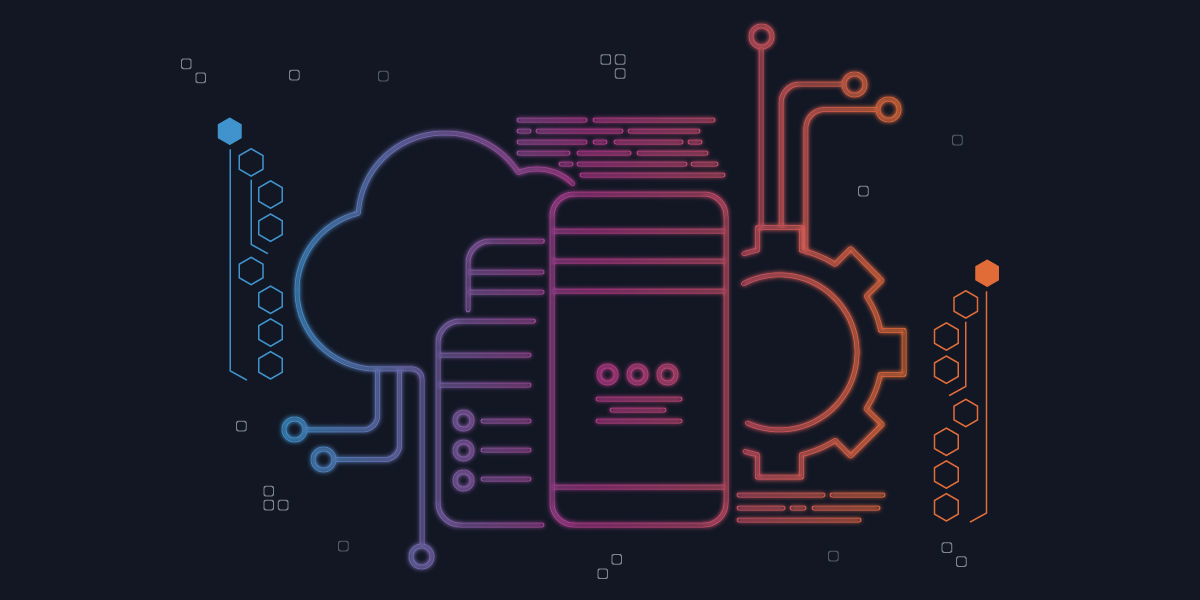Today’s complex and exploded network infrastructures include a multitude of edge devices such as switches, routers, firewalls, load balancers, and with the addition of cloud-based services it’s only getting more complex. Effective management of the network in a holistic manner is crucial for operational consistency. Regardless of your network size, configuration changes to infrastructure components based on business and technical requirements is inevitable. Due to exponential growth in the frequency of network changes and the challenges faced by network teams to stay on top of all the issues in the network environment, organizations naturally focus on deploying or leveraging legacy Network Configuration and Change Management (NCCM) tools such as Solarwinds (NCM), Microfocus (HPNA) and vendor-specific tools to solve immediate configuration drift and compliance issues.
It is a common perception in many organizations to equate configuration management to network automation and the reality is that this is a crucial piece but requires a new way of thinking and managing for today’s modern network. The traditional NCCM process focuses on defining static standards in text files and applying configuration changes via CLI, which results in limited compliance checking. However, the ongoing issue for most organizations is the manual and arduous nature of the procedure even though they often use purpose-built NCCM point solutions that provide specific functionalities.
Traditional Tools Are Holding You Back from Network Automation
What most organizations don’t realize is that the traditional approach to network management is holding you back from true network automation. The traditional way of ‘automating’ NCCM represents only 10 to 20 percent of the total effort involved in network management activities. In other words, NCCM activities do not address 80 to 90 percent of true network automation that supports business process management, intent-based networking, automated compliance monitoring, advanced analytics and more spanning complex, multi-vendor and multi-cloud environments.
Statistics validate the need for end-to-end network automation processes to mitigate the costs associated with human error and network outages.
- Gartner analyst Andrew Lerner states that downtime, at the low end, can be as much as $140,000 per hour, $300,000 per hour on average, and as much as $540,000 per hour at the higher end.
- 80 percent of unplanned outages are a result of misconfigurations due to human errors caused by manual config changes.
- 22 percent of data center outages are directly a result of human errors from manual network changes, and that the average cost of the data center outage is approximately $740k.
Managing the network is challenging as business continuity depends on network availability. Network complexity continues to grow exponentially as organizations transition to the modern network. D&B estimates that 59 percent of Fortune 500 companies experience at least 1.6 hours of downtime per week, resulting in catastrophic consequences for a company that relies on its network as a core part of its business function. Can you afford that much downtime?
Network Automation Starts with Configuration Management
In order to truly adopt network automation, organizations must be able to effectively manage their configuration and compliance management. As many organizations start their network automation journey with configuration management, it is important to utilize a tool that can also be leveraged to automate configuration changes across your entire network, just not pieces of it, in order to fully trust the state of your network before you begin automating anything else. The solution should be able to scale as the network complexity grows and requirements change over time. Without that, disparate management tools will result in a skills gap (lack of expertise across multiple tools and multiple network domains) and lack of end-to-end network visibility.
NCCM largely remains a manual process, like CLI command executions for pre and post-checks, followed by ‘stare and compare’ of the results, and configuration rollback if required. These activities done manually often use stale configuration data during the maintenance windows, resulting in failed execution and rescheduling of the previously completed activities. Also, CLI/Script driven device configuration and syntactically complex attributes of the network configuration files will lead to frequent human errors. While ensuring network compliance is a priority for network administrators, it is an activity that can’t be executed rapidly and successfully without automation.
Modern Configuration Management with Itential
Modern network automation requires a more dynamic approach because the network and services being managed are software-defined. One must be able to define standards that contain rules, procedures, and policies that are adopted to formalize a consistent and repeatable process. A process that keeps records of current device configurations, tracks changes made to these configurations, evaluates the results of requested changes before implementation, checks network stability post-implementation, and saves configuration backups based on criteria such as device type, user role, function, network topology and more.
The Itential Automation Platform provides the capabilities needed to keep pace with the amount of configuration changes required in today’s modern network. Our Configuration Manager provides:
- All of our configurations in one place so you can easily backup and manage configurations for all devices and services across physical and cloud.
- The ability to define a configuration standard for both CLI and API networking in a single application.
- A single federated inventory of network devices and cloud network services together for easy visibility.
- Dynamic and flexible Golden Configuration templates for any device and any service across network and cloud infrastructure.
- Proactively schedule compliance checks and ensure your entire network is in compliance before it become an issue, detect non-compliant assets rapidly.
- Integrations to all your IT systems for automated pre and post checks.
To learn more about to successfully manage configuration and compliance in your network, check out this Itential Academy session to get a deep dive into “Solving the Challenges of Automating Network Compliance Across Hybrid & Multi-Cloud Networks.”






